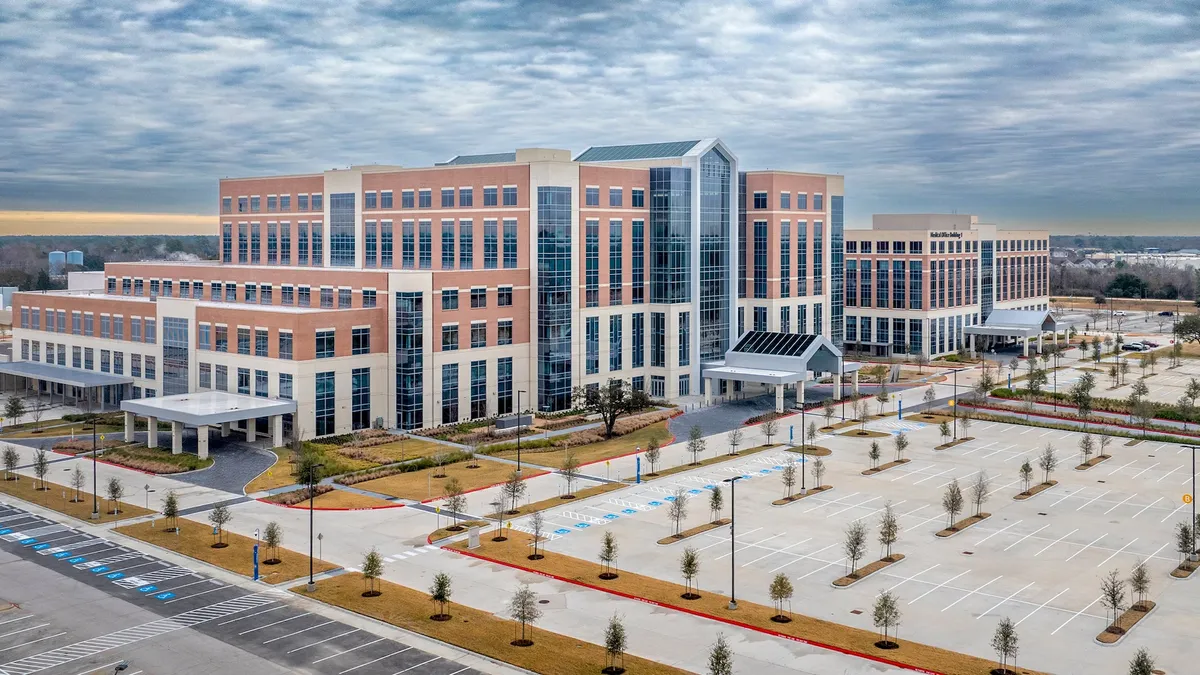Hurricane Idalia began to whip across Florida’s Gulf Coast Wednesday morning. The National Hurricane Center said the eye of the storm reached Category 4 status with 130 mph winds when it made landfall in Taylor County, the Orlando Sentinel reported.
Winds have dropped to 120 mph, but Idalia remains a Category 3 hurricane as it moves northeast. Locals called the scene “apocalyptic,” as the National Guard stands by to help evacuate those displaced by the storm, CNN reported.
Monday, President Joe Biden approved a federal emergency declaration for the state in preparation for the storm. Contractors were preparing too. It’s the third hurricane to strike the state in the last 12 months.
This same time last year, Hurricane Ian raged across the Sunshine State, causing billions of dollars in damage, including to the Sanibel Island Causeway, a 3-mile bridge partially washed away by the storm.
Because massive storms like Idalia hit Florida often, preparing for the damage is important, experts say.
Preparing for the worst
Contractors told Construction Dive they spent the days leading up to Idalia preparing for high winds and floods.
For instance, at 7918 West Drive, a luxury condominium development under construction by Thornton Residential in Miami’s North Bay Village, general superintendent Rene Cantin said the project team removed all debris from the jobsite and bundled and strapped materials like plywood, pipes and lumber together in piles in order to reduce risks of projectiles or loss of supplies.
“We are always on high alert during hurricane season,” Cantin said. Miami is not in the path of the hurricane, but the jobsite was prepped nonetheless. “We keep the project site clean at all times, and we conduct a ‘deep-cleaning’ of the site at the end of each work week because an [high-velocity wind event] can occur at any time without warning.”
Although companies prepare for the worst, those working in Florida have long been used to extreme weather events.
“Preparing for hurricanes is business as usual for Florida, but Hurricane Idalia is expected to be a particularly strong storm,” said Steve Cona III, president and CEO of Associated Builders and Contractors’ Florida Gulf Coast chapter.
In addition to securing materials, contractors prep for water removal after the event. Most high-rise building projects face risk for damage from high winds, Cona said, but smaller structures face more flooding risk.
“Members begin hurricane awareness and preparedness long before a named storm, by review of company programs and hurricane manuals with their safety professionals around the early May timeframe,” said Michelle Depotter, CEO of Associated General Contractors’ Florida East Coast chapter, which is based outside of Idalia’s path but has members throughout the state.
From updating employee contact information to inventorying, contractors plan for the “what ifs” well ahead of hurricane season. Then, when a storm looms, Depotter said, company plans go into effect.
“You plan for the worst,” Cantin said. “And if nothing happens, that is the best.”
Restarting work
It’s not just the severity of a storm like Idalia that elevates risk.
“We always prepare for the worst case scenario, but it is important to note that the intensity of hurricanes is not the only factor that determines their destructiveness,” Cona said. “The size of the storm, the location of landfall and the amount of storm surge are also important factors.”
The process doesn’t stop after the storm has subsided either — Depotter said work tends to resume only when winds fall below 40 miles per hour.
After Hurricane Ian, contractors told Construction Dive that time spent assessing damage on the jobsite is vital. Ensuring safety aspects of the jobsite, like whether guard rails remain secure for tie offs, can provide an extra confidence boost once the winds and rain have died down.
Asked if hurricane season has worsened over the years, Depotter said “It’s Mother Nature!”
“Statistics do indicate the proportion of major hurricanes Category 3 or above in the Atlantic Ocean have doubled since the ‘80s,” said Depotter. “The warmer ocean waters are surely a contributing factor as well when it comes to intensity and the wind speed increasing the potential for destruction.”
It’s tough to tell before, during and even immediately after just what damage the hurricane has done, experts said, but, as showcased by the rapid reconstruction of the Sanibel Causeway, the industry has been adaptable in its response.
“No matter how minimal or catastrophic damage is from a hurricane, our industry is resilient and builds back better and quickly,” Depotter said. “It may require shifting the labor force around to do so, in a time where we have a shortage of our skilled workforce, however. We also continue with supply and demand challenges on certain materials.”






















